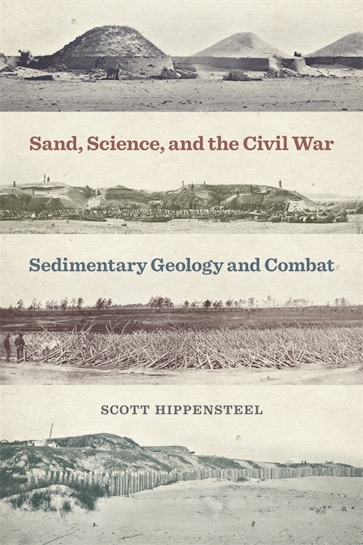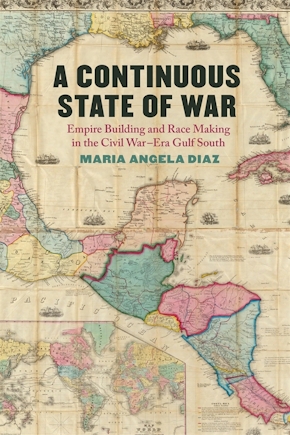Sand, Science, and the Civil War
Sedimentary Geology and Combat
Title Details
Pages: 360
Illustrations: 68 b&w images
Trim size: 6.000in x 9.000in
Formats
Paperback
Pub Date: 03/15/2023
ISBN: 9-780-8203-6353-0
List Price: $44.95
Hardcover
Pub Date: 03/15/2023
ISBN: 9-780-8203-6352-3
List Price: $114.95
eBook
Pub Date: 03/15/2023
ISBN: 9-780-8203-6354-7
List Price: $44.95
eBook
Pub Date: 03/15/2023
ISBN: 9-780-8203-6357-8
List Price: $44.95
Series
Related Subjects
HISTORY / United States / Civil War Period (1850-1877)
SCIENCE / Earth Sciences / Geology
Sand, Science, and the Civil War
Sedimentary Geology and Combat
How sedimentary geology affected the campaigns and battles of the Civil War
Skip to
- Description
- Reviews
- Awards
The influence of sedimentary geology on the strategy, combat, and tactics of the American Civil War is a subject that has been neglected by military historians. Sedimentary geology influenced everything from the nature of the landscape (flat vs. rolling terrain) to the effectiveness of the weapons (a single grain of sand can render a rifle musket as useless as a club). Sand, Science, and the Civil War investigates the role of sedimentary geology on the campaigns and battles of the Civil War on multiple scales, with a special emphasis on the fighting along the coastlines.
At the start of the Civil War the massive brick citadels guarding key coastal harbors and shipyards were thought to be invincible to artillery attack. The Union bombardment of Savannah’s key defensive fortification, Fort Pulaski, demonstrated the vulnerability of this type of fortress to the new rifled artillery available to the Union; Fort Pulaski surrendered within a day. When the Union later tried to capture the temporary sand fortifications of Battery Wagner (protecting Charleston) and Fort Fisher (protecting Wilmington) they employed similar tactics but with disastrous results. The value of sand in defensive positions vastly minimized the Federal advantage in artillery, making these coastal strongpoints especially costly to capture. Through this geologically centered historic lens, Scott Hippensteel explores the way sediments and sedimentary rocks influenced the fighting in all theaters of war and how geologic resources were exploited by both sides during the five years of conflict.
—John Majewski, author of A House Dividing: Economic Development in Pennsylvania and Virginia before the Civil War
Sand, Science, and the Civil War is a wholly original work. . . . As a Civil War historian I was often fascinated with his insights and conclusions. It’s the best thing I’ve read on coastal fortifications, and fascinating points crop up throughout.
—Kenneth W. Noe, author of The Howling Storm: Weather, Climate, and the American Civil War
—Jeremy Knoll, The Civil War Monitor
—Civil War Books and Authors
Military geoscience publications are relatively sparse and have made few inroads into mainstream history circles, particularly on the subject of the Civil War. Scott Hippensteel’s Sand, Science, and the Civil War steps into this fray, filling a critical gap in several different literatures on America’s Civil War. . . . I have never read a more insightful consideration of the relationship between building material, surrounding landscape, fortification design, commander choice, and battle outcome.
—Erin Stewart Mauldin, Civil War Book Review
Winner
Top Ten Year in Review, Civil War Books and Authors
Winner
An Abraham Lincoln Book Acquisition, David J. Kent



